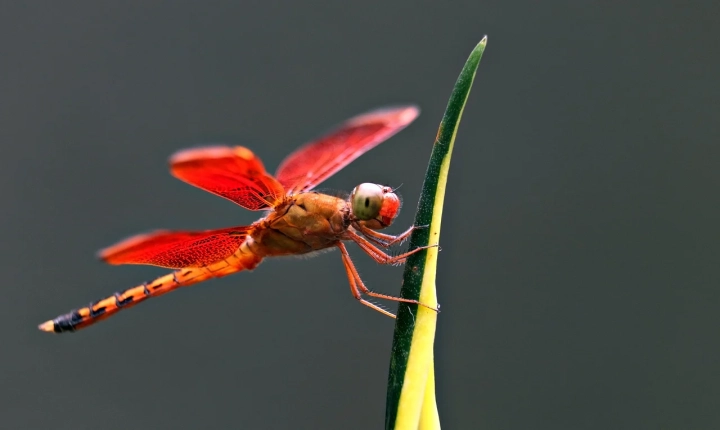AI Precision Agriculture: Revolutionizing Farming Techniques
The emergence of AI technology has revolutionized many industries, and agriculture is no exception. AI precision agriculture involves the use of advanced technologies such as artificial intelligence, machine learning, and data analytics to optimize and enhance farming techniques. By leveraging AI, farmers can make more informed decisions, increase crop yield, minimize waste, and reduce environmental impact. This article delves into the workings of AI precision agriculture and its potential to shape the future of farming.
Data Collection and Analysis: AI precision agriculture begins with the collection of various types of data, including soil quality, weather patterns, crop health, and pest infestations. This is accomplished through the use of sensors, drones, satellites, and other high-tech monitoring devices. AI algorithms then analyze these massive amounts of data to identify trends, patterns, and anomalies that human farmers might miss. By crunching these numbers, AI can provide farmers with actionable insights to help them make more informed decisions.
Predictive Analytics: AI precision agriculture enables predictive analytics, which can forecast potential crop yields, weather impacts, and market trends. By analyzing historical data and current conditions, AI systems can make accurate predictions about crop growth, disease outbreaks, and other factors that could affect farming. This allows farmers to plan and strategize more effectively, potentially reducing risks and maximizing their productivity.
Precision Farming Techniques: AI technologies enable precision farming techniques, which involve tailoring farming practices to specific areas within a field. By using AI-generated maps and data, farmers can optimize the application of water, fertilizers, and pesticides according to the specific needs of different crop areas. This targeted approach not only reduces waste and minimizes environmental impact but also ensures that each plant receives the exact resources it requires for optimal growth.
Automation and Robotics: AI is also driving automation and robotics in agriculture. Automated equipment and robotics powered by AI can perform various tasks such as planting, harvesting, and weeding with unprecedented precision and efficiency. This reduces the need for manual labor and allows farmers to streamline their operations, reduce labor costs, and improve overall productivity.
Challenges and Future Prospects: While AI precision agriculture holds great promise, there are challenges that need to be addressed. These include data privacy, cyber threats, and the digital divide among farmers. Nevertheless, the potential of AI precision agriculture is immense. As technologies continue to advance, the integration of AI, machine learning, and big data analytics will further transform farming practices, making them more sustainable, efficient, and productive.
In conclusion, AI precision agriculture represents a significant leap forward in farming practices. By harnessing the power of AI, farmers can make better decisions, optimize their resources, and maximize their yields. As the technology continues to evolve, AI precision agriculture has the potential to revolutionize the way we grow our food, contributing to a more sustainable and productive agricultural industry.
